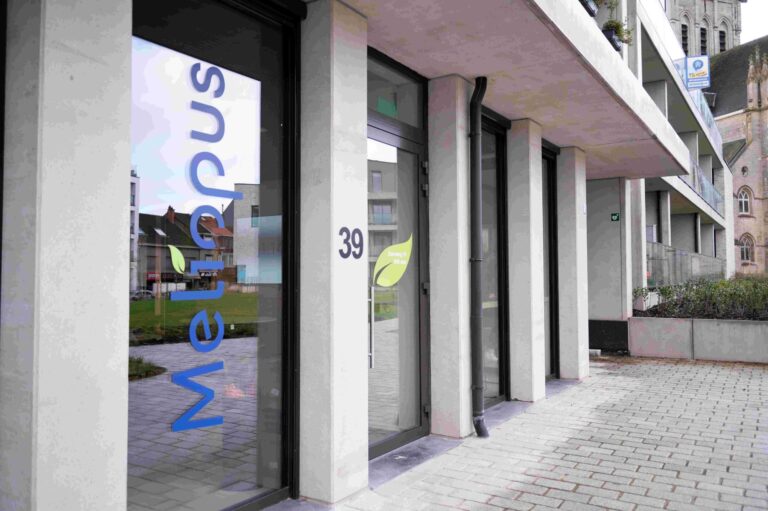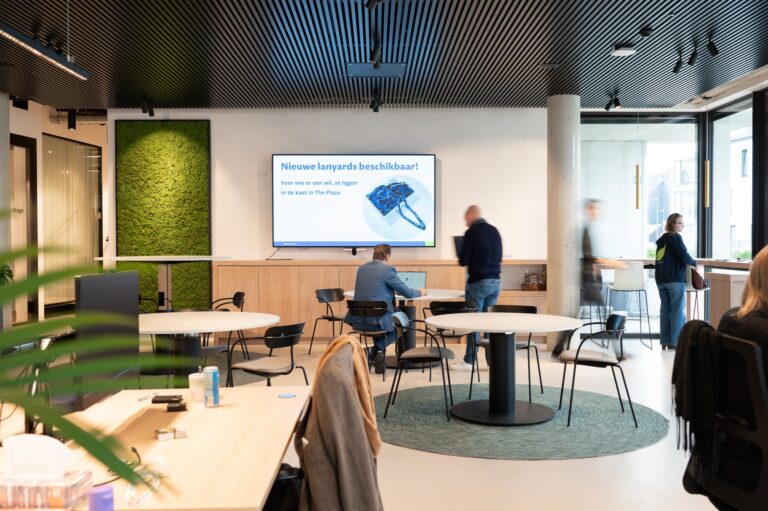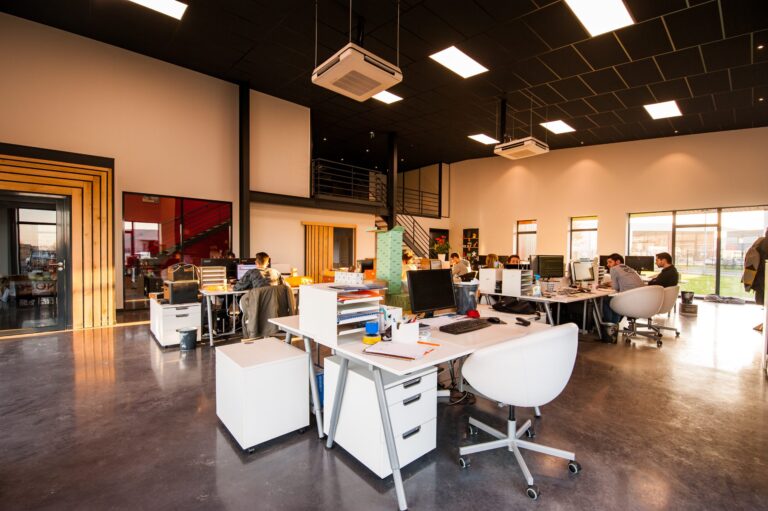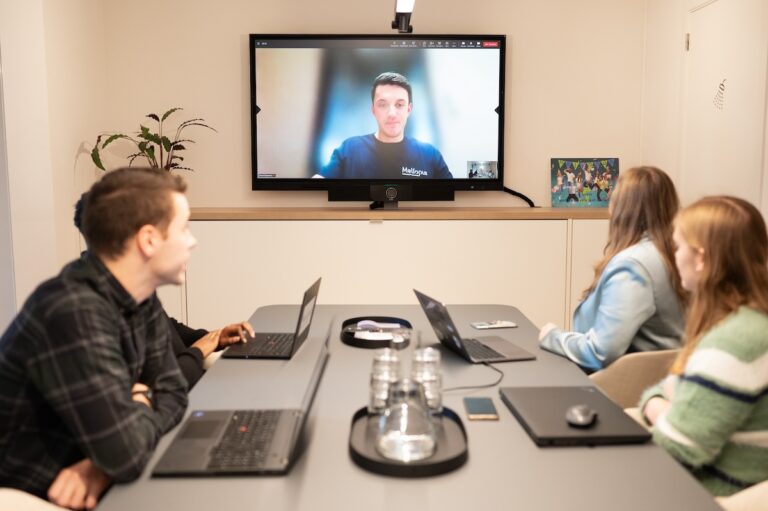The value of a people-centered workplace
An effective work environment, the office as a meeting place, the best suited workplace; workplace management is clearly looking for the type or model for the future of work. But where do these people really come into their own?
We make analyses based on square footage and number of FTEs, look at the different types of work and thus determine the best suited workplace for an organization. What we must not overlook in this type of study is human development, without overshadowing company productivity
What the knowledge worker needs
First and foremost, the knowledge worker is simply “human.” Human needs are represented, among other things, in Maslow’s pyramid of needs. The universal needs of human beings are represented therein in a hierarchical manner. Therefore, one assumes that we are not looking at a higher-level need until the basic layers are filled first. It is exactly the same for employees.
First, an income is very important, because money does not make you happy, but no income makes for a lot more headaches. Job content and job security soon follow this. And then? Colleagues and the work environment. Safety plays a strong role in that work environment, but equally, it should be a place where employees generally feel good and can get the most out of themselves.
So what do you need in a people-centered workplace?
That there must be sufficient daylight and healthy air to fulfill the basis of Maslow’s pyramid speaks for itself. Filling in the next layers of that pyramid of needs is less obvious. An office building that meets everyone’s needs will probably never exist.
Yet by providing a variety of spaces, with appropriate furnishings, you can support different types of work. Thus, employees in the office can meet in a relaxed manner, but in another zone can work concentrated, consult or just do general computer work in the pleasant environment of the office.
But don’t judge colors like a blind person….
Although you can provide an office with all kinds of spaces and zones, informal and formal, cozy or purely focused on productivity; it will not benefit you if the zones are not used or not used correctly. Therefore, always involve your employees. They will then not only feel heard, but also more involved in the possible changes that are coming.
Furthermore, it is important to remember that the workplace has changed. Whereas an office used to be staffed (almost) full-time by employees, those same employees now determine their own workspace. That makes an office a creative and social space that is, is becoming or should become a place where people can work together. A place where they feel appreciated, connected and welcome, because that social aspect should not be forgotten in Maslow’s pyramid of needs either.








